Contents
C. S. Lewis would not have published anything he was not satisfied with, but his overflowing bookshelves contained few of his own books and writings. We can only wonder at what he'd make of this new book, which gathers up all his book reviews, forty-two in total, covering thirty-five years. These have never been collected and will be new to most readers. In addition, the book includes four major essays unavailable in print for over half a century (The idea of an English School, Our English syllabus, the preface to Essays Presented to Charles Williams , The English prose Morte ), two essays that Lewis drafted but never published (Image and imagination, Lucretius), two obituaries (on Oliver Elton and Charles Williams), his preface to A Faith of Our Own by his friend, the theologian Austin Farrer, the foreword to Smoke on the Mountain by Joy Davidman, the woman he eventually married, and his introduction to an edition of La  amon's Brut , which he thought he might, one day, translate.
amon's Brut , which he thought he might, one day, translate.
For ease of reference and as a guide through so broad an array of topics, I have presented the different essays and reviews under six broadly thematic sections, rather than chronologically. The first section contains general discussions of literature and literary history. The second includes Lewis's formal, published assessments of the work of his friends in the Inklings circle. A section reflecting on aspects of Christianity follows, and then the rest of the book considers, in turn, specific issues regarding Classical literature, Medieval and Renaissance literature, and, finally, Milton and later English literature. Within each section, material is arranged chronologically by subject (and so, for example, a discussion of Homer precedes one on Aristotle), and more general topics appear before those more narrowly focused. Readers should remember however that Lewis's mind was especially adept at forging unexpected connections. It was part of his genius to recognize that rationality and religion, the material and the metaphorical all inform one another. An essay or review in one chapter, therefore, may have probably will have implications for arguments expressed elsewhere.
This book will appeal principally to anyone with general interests in literature and religion, as well as those who have a particular regard for the academic work of C. S. Lewis or who simply like good English prose style. Taken together, the essays and reviews present some of his best literary criticism and religious exposition. Many were composed with the general reader in mind, having been written originally for popular newspapers and magazines such as The Listener , the Observer , the Spectator , the Sunday Telegraph , Time and Tide , The Times , and the Times Literary Supplement . As ever, I am grateful to the C. S. Lewis Estate for permission to reproduce this material.
I owe an immense debt to Dr A. T. Reyes, the Classical scholar, best known to Lewis readers for his magisterial edition of C. S. Lewis's translation of The Aeneid C. S. Lewis's Lost Aeneid: Arms and the Exile (2011) and to my godson, G. E. M. Lippiatt of Hertford College, who supplied, besides much good advice, the translation of Lewis's French piece, What France means to me in Chapter 20 (see pp. 1436). I am very grateful to both.
Finally, I would like to thank the Syndics of Cambridge University Press for agreeing to publish this book. Dr Linda Bree, the editor in charge of its production, has been helpful and kind throughout. In 1969, I edited for Cambridge Lewis's Selected Literary Essays , to which I hope this new collection of writings will serve as a worthy companion and pendent.
The following abbreviated references have been used:
AV | Authorized Version (The King James Version) of the Bible |
Collected Letters I | Walter Hooper (ed.), The Collected Letters of C. S. Lewis , vol. I: Family Letters 19051931 (London: HarperCollins, 2000). |
Collected Letters II | Walter Hooper (ed.), The Collected Letters of C. S. Lewis , vol. II: Books, Broadcasts, and War 1931 1949 (London: HarperCollins, 2004). |
Collected Letters III | Walter Hooper (ed.), The Collected Letters of C. S. Lewis , vol. III: Narnia, Cambridge, and Joy 19501963 (London: HarperCollins, 2006). |
On Fairy-Stories | J. R. R. Tolkien, On Fairy-Stories, The Monsters and the Critics and Other Essays , edited by Christopher Tolkien (London: George Allen and Unwin, 1983), pp. 10961. |
RSV | Revised Standard Version of the Bible |
C. S. Lewis's pre-eminence as an author, academic and apologist is such that we often forget he was, for the most part, a teacher. At Oxford, every term, for eight weeks, he lectured and gave tutorials in English literature to undergraduates, aside from fulfilling other duties, decanal or administrative, on behalf of the University and the residents of his College. The first two long essays here, from the collection Rehabilitations and Other Essays (1939) reveal how important this facet of his life was to him. In both, he discusses the importance of academic rigour and intellectual exploration, not only in universities, but also in schools. The third long essay, Image and imagination appears here for the first time. It is a philosophical analysis of the way an image may inspire imagination and vice versa. In a way, Image and imagination is analogous to Tolkien's famous story Leaf by niggle. Both are conceptual treatments of what is happening when an author creates an imaginary world. The other articles display the range of Lewis's literary interests, casting light on the smallest matters of bibliography, as well as more weighty problems of translation and interpretation.
Non leve quiddam interest inter humanae mentis idola et divinae mentis ideas, hoc est inter placita quaedam inania et veras signaturas atque impressiones factas in creaturis, prout inveniuntur.
Bacon, Novum Organum , i.23
The title of this paper is unfortunate in recalling that of Newman's best book. blame a man for making slow progress to the North when he is trying to get to the East.
We are under no illusions as to our reputation in the outer world. What our enemies think of us is vigorously enough, if not always very lucidly, conveyed by the expressions they use by their references to the Germanic jungle, all this philology, Verner's law, Anglo-Saxon, and (most damning of all) Gothic. When we listen attentively to this buzz of condemnation, we think that we can distinguish two strains in it. The confusion between Germanic or Anglo-Saxon on the one hand and philology or Verner's law on the other, is made, we believe, by two classes of people. In the first class we find the man who is still living in the Renaissance, the belated Ascham, why English should have been selected to carry this purely scientific and unliterary burden which might, with equal propriety or impropriety, have been bound on the back of several other subjects.
To this second, and reasonable, type of critic, our reply is a simple one. His information is out of date. No undergraduate at Oxford is obliged to know a single word of Gothic, old High German, or Old Norse, or to study the relations between these languages and his own. The English student can choose between three alternative courses, all of which can conduct him to the highest honours. One of these is frankly medieval, and if a student chooses it he does so because he is interested in early English and its immediate relatives. The second is a halfway house a complicated affair that need not now concern us. The third is the literary course proper, which the vast majority of our students take.

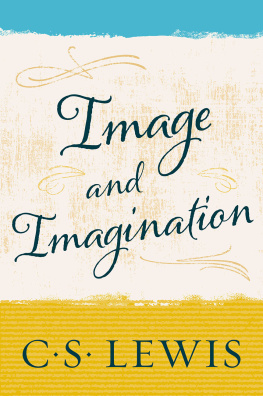
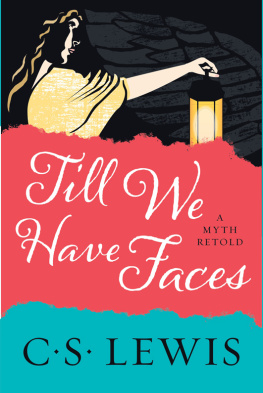

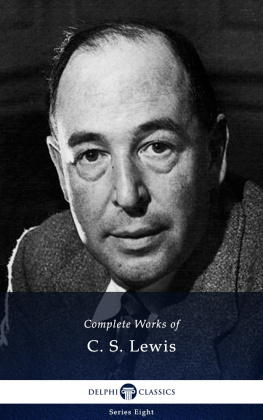
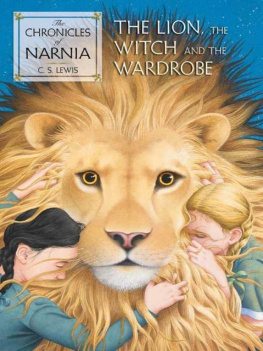
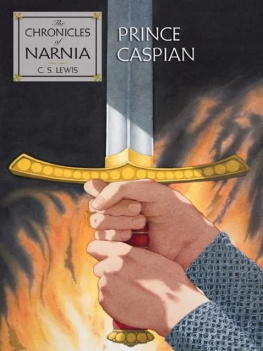
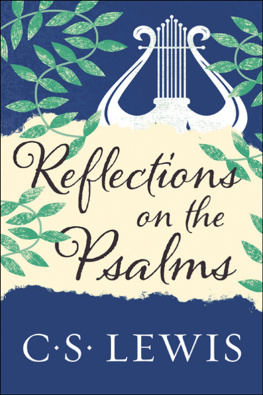
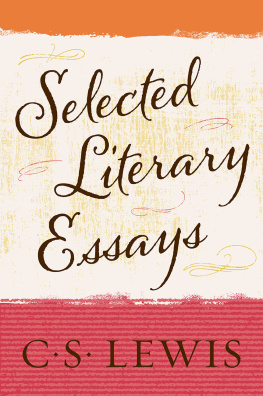
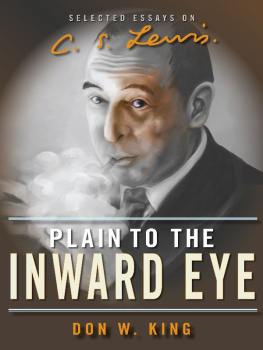
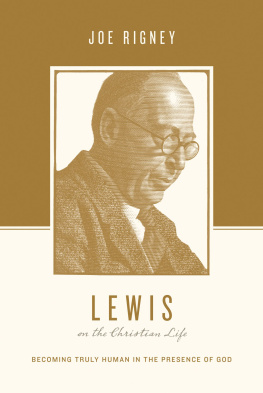

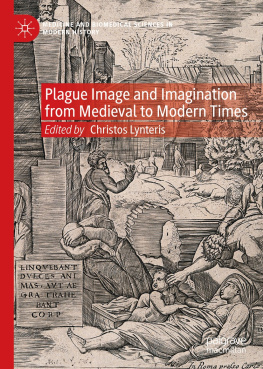
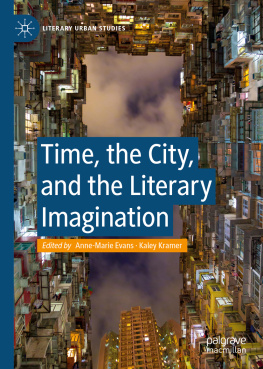
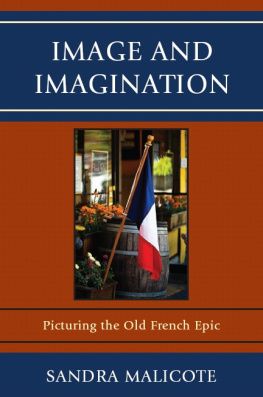
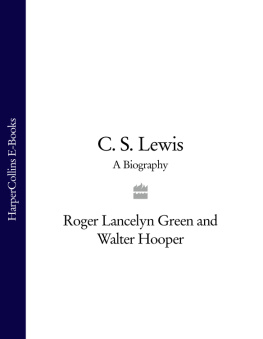
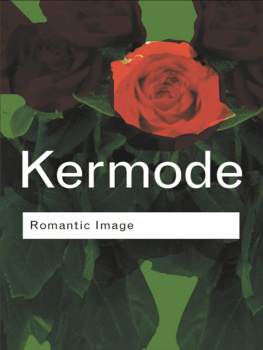
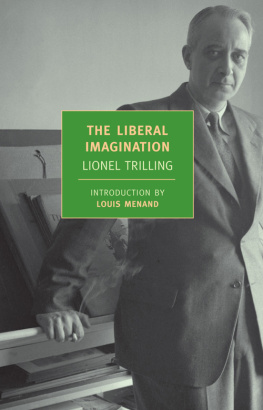
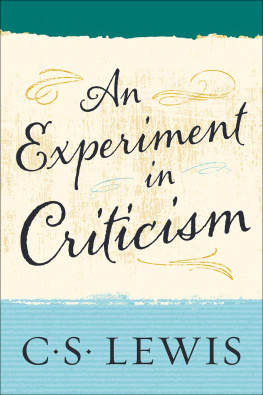
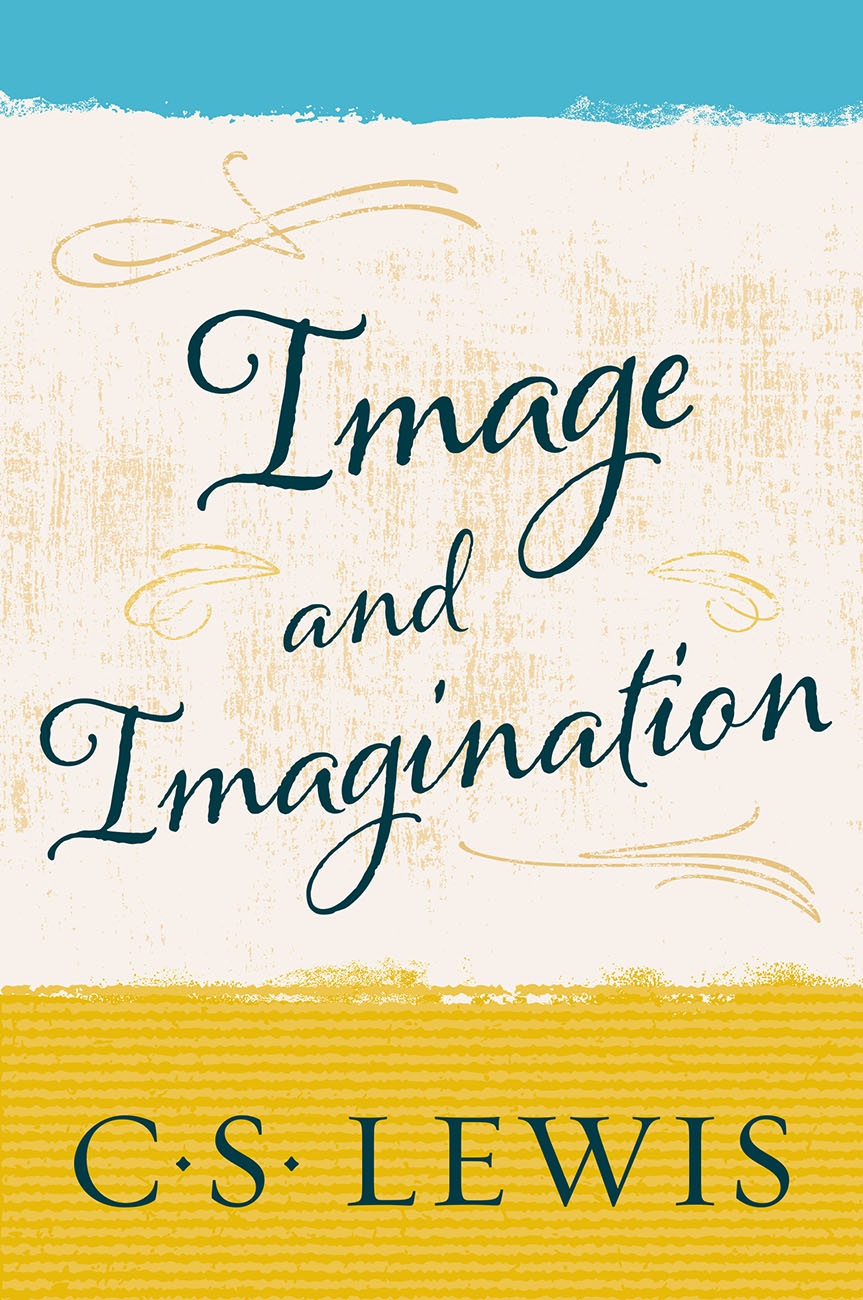
 amon's Brut , which he thought he might, one day, translate.
amon's Brut , which he thought he might, one day, translate.